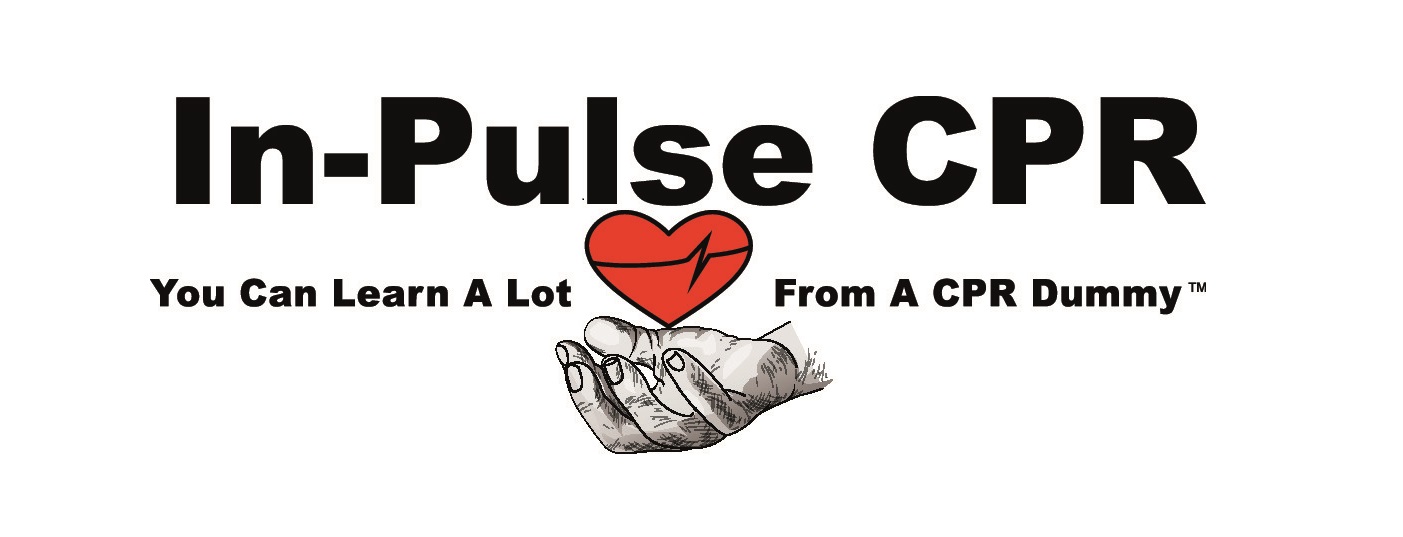The ABC’s are changing to CAB’s
By Carin Mangimeli
The American Heart Association recently changed the CPR guidelines to reflect five years of research indicating restarting blood circulation is more important to a patient’s survival rate than a clear airway.
Research showed that the average first responder and/or bystander took almost 30 seconds to open an airway and give two breaths. Then compressions were started, leaving the patient without circulation for over 45 seconds, not including the time it takes for the patient to be discovered. This had a severe detriment in the survival of the patient. On the American Heart Association CPR fact sheet recently released it states, “Effective bystander CPR, provided immediately after sudden cardiac arrest, can double or triple a victim’s chance of survival.”
The new guidelines were adopted after research showed that the average human has a level of oxygen in their blood stream to provide the brain with sufficient oxygen for at least 2-3 minutes. This oxygen, however, can only reach the brain if the blood is circulating. This new method ensures that circulation resumes as quickly as possible to limit the amount of time organs are without oxygenated blood.
The new “hands-only CPR” compressions should be given at approximately 100 compressions per minute. To remember this, bystanders should use the beat from “Stayin’ Alive” to time their compressions, says the American Heart Association. Compressions should continue until first responders arrive, a person trained in CPR is able to take over, an AED is attached or the caregiver is too tired to continue.
The new guidelines also state that CPR compressions should be provided deeper, as well as faster, than was originally thought. The motto “Push Hard – Push Fast” is one to remember while you’re singing along to the Bee Gees “Stayin’ Alive” and you may just help someone else “stay alive.”



